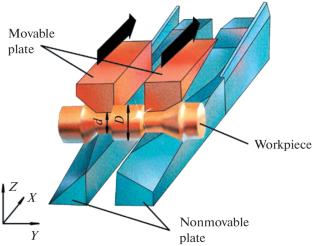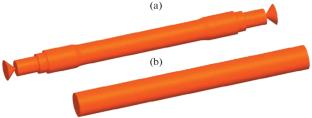阐述了塑性流动下的交叉轧制理论和金属断裂理论
IF 0.7
Q3 Engineering
Surface Engineering and Applied Electrochemistry
Pub Date : 2025-09-05
DOI:10.3103/S1068375525700589
引用次数: 0
摘要
金属成形理论的各个方面在横轧理论、楔横轧理论的分节、金属断裂的现象学变形理论和塑性流动中金属断裂的能量理论中得到了发展。本文章由计算机程序翻译,如有差异,请以英文原文为准。


Elaborating the Theory of Cross Rolling and Theories of Metal Fracture under Plastic Flow
Aspects of the theory of metal forming are developed in sections of the theory of cross rolling, its subsection of the theory of cross wedge rolling, the phenomenological deformation theory of metal fracture, and the energy theory of metal fracture during plastic flow.
求助全文
通过发布文献求助,成功后即可免费获取论文全文。
去求助
来源期刊

Surface Engineering and Applied Electrochemistry
Engineering-Industrial and Manufacturing Engineering
CiteScore
1.60
自引率
22.20%
发文量
54
期刊介绍:
Surface Engineering and Applied Electrochemistry is a journal that publishes original and review articles on theory and applications of electroerosion and electrochemical methods for the treatment of materials; physical and chemical methods for the preparation of macro-, micro-, and nanomaterials and their properties; electrical processes in engineering, chemistry, and methods for the processing of biological products and food; and application electromagnetic fields in biological systems.
 求助内容:
求助内容: 应助结果提醒方式:
应助结果提醒方式:


